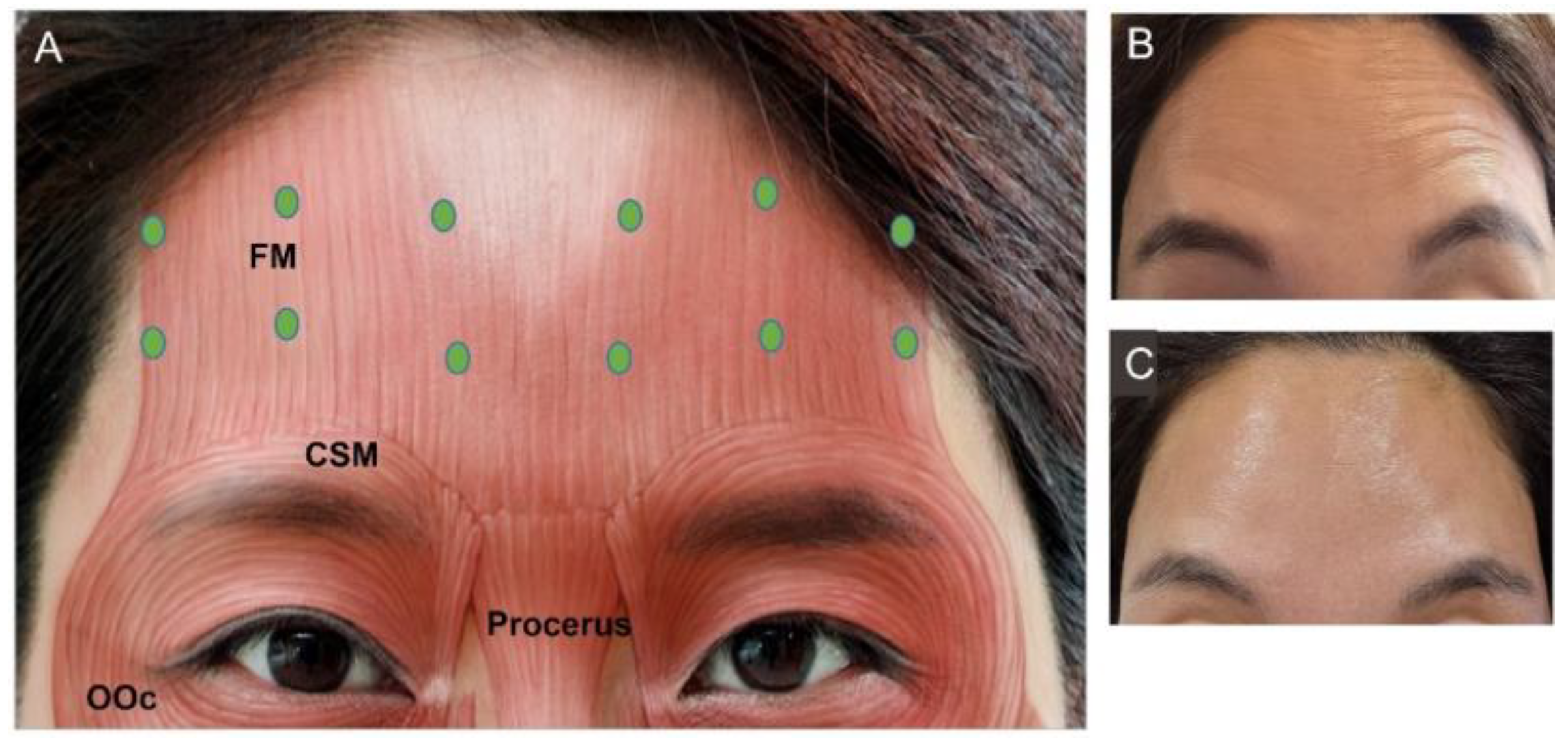
I always thought tension meant movement. Effort. Strain. But the ache stayed even when I rested. Shoulders. Neck. Jaw. They didn’t let go. They gripped tightly, even in sleep. I stretched. Massaged. Heated. Still, nothing changed. The tightness became background noise. I assumed it was stress. But it didn’t fade after vacations. Or weekends. That’s when someone mentioned Botox—not for looks, but for release.
It wasn’t about wrinkles—it was about silence
I had always heard of Botox in the context of beauty. Lines. Smooth skin. But this conversation was different. The goal wasn’t appearance. It was quiet. A muscle that wouldn’t stop firing. A jaw that clenched in sleep. A shoulder that pulled unevenly. Botox didn’t erase—it paused. That shift in purpose made me listen differently. Maybe it wasn’t cosmetic. Maybe it was chemical negotiation.
I didn’t expect it to be so targeted
They don’t inject randomly. They study the muscle first. Where it pulls. When it stiffens. They touch it gently. Watch how it moves. Then they choose the site. One injection. Maybe two. That’s it. I expected something broader. But it was precise. Focused. They weren’t numbing the whole area. Just interrupting a small command loop. I felt the difference within days.
It doesn’t freeze the muscle—it interrupts the message
I used to think Botox froze muscles. That they became paralyzed. Useless. But it’s different. The muscle doesn’t stop working. It stops responding to one message. The neurotransmitter is blocked—acetylcholine, specifically. The nerve sends the signal. But the signal never lands. That space between intention and contraction becomes silence. And in that silence, healing can start.
The effect wasn’t immediate, but it built over days
I left the clinic unsure anything had happened. My shoulder still felt heavy. My jaw still clenched. Then four days later, it shifted. A dull release. A slow unwinding. Nothing dramatic. But unmistakable. I chewed without tightness. Turned my head further. Yawned fully. The tension didn’t snap—it faded. Gradually. Like a volume knob turning down over time.
I noticed the difference most when I forgot it was there
One day, I sat at my desk. Realized I hadn’t rubbed my neck in hours. Hadn’t stretched my jaw. I hadn’t even noticed the absence until it was gone. That’s how it works. Not by calling attention to itself. But by creating stillness where tension used to live. The relief wasn’t loud. It was subtle. But deeply felt.
I didn’t lose function—I gained awareness
The muscle still worked. I could chew. Type. Turn. But the constant resistance was gone. That taught me something. I hadn’t needed full contraction—I’d needed choice. Before Botox, my muscles acted without permission. Afterward, I could decide. Engage when necessary. Rest otherwise. It wasn’t weakness. It was permission. That shift changed how I related to my body.
The relief wasn’t just physical—it was emotional
I didn’t expect to cry afterward. But I did. Quietly. Alone. I didn’t realize how much I had adapted to discomfort. How long I had tolerated pain. Botox didn’t just release my muscle. It released a memory. A pattern. I let go of effort I hadn’t known I was making. The relief was layered. Emotional. Not just mechanical.
I still had to move—it didn’t replace effort
Botox helped. But it wasn’t everything. I still had to stretch. Strengthen. Adjust posture. Without movement, the benefit faded. The muscle didn’t relearn. It just paused. To change the habit, I needed to move differently. Train new patterns. Break the ones I had built through pain. The injection gave me space. But it didn’t finish the work for me.
The effect didn’t last forever—but that wasn’t a failure
Three months in, the tension crept back. Slowly. I felt it in my shoulder first. Then my jaw. It wasn’t dramatic. But it reminded me the clock was ticking. I had to decide whether to repeat the process. At first, that felt like failure. But the doctor reframed it. The muscle was waking up. I had used the window to relearn. Now I could choose what came next.
I understood the difference between spasm and tone
Before, everything felt the same—tight. Afterward, I could tell when a muscle spasmed. When it simply held tone. I began to separate urgency from habit. Learned which tension came from the nervous system and which came from choice. That distinction changed how I treated my body. I stopped assuming all tightness was bad. I looked for patterns instead.
I learned the injection site matters as much as the dosage
One time, the effect wasn’t as strong. I mentioned it at the follow-up. They adjusted the location—not the amount. The second round worked better. That taught me something. Precision matters. The site isn’t just a guess. It’s a map. A response to how my body behaves. Even a few millimeters make a difference. It’s not one-size-fits-all. It’s calibration.
The idea of using a toxin made me pause
Botulinum toxin. The word “toxin” made me hesitate. It sounded dangerous. Extreme. But I researched. The dose is small. The application controlled. It’s been studied. Refined. Tested again. And it’s reversible. The body eventually clears it. Still, using it felt like stepping into something serious. And it was. But not in the way I feared. It was serious care—not reckless choice.
Source: Best Botox Treatmen in Dubai / Best Botox Treatmen in Abu Dhabi
